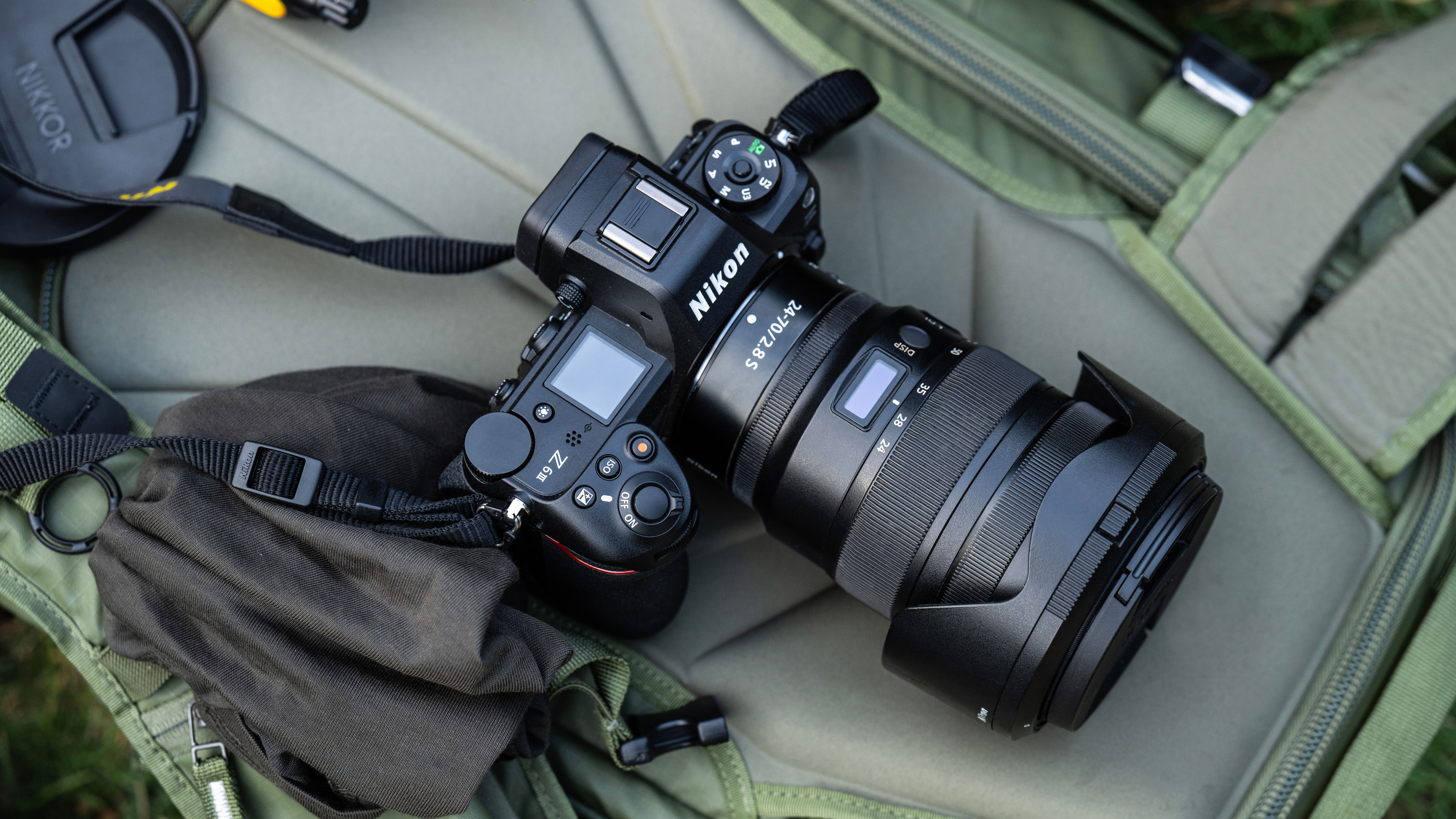
I’d been toying with the idea of moving to mirrorless for just over a year. But with the ailing Nikon Z6 II no longer looking like a good long-term investment as a professional body, I’d pretty much decided my first dip into mirrorless waters would be the Nikon Z6 III.
But here’s the thing. I was used to my D800’s bulbous body, tank-like build and 36.3-Mp sensor. What I really wanted was the newly released Nikon Z8. The problem was, I wasn’t in a position to drop £4,000 on a camera. So, with my D800 on its last legs, I bought a Nikon D850.
I was well aware the best DSLR ever made would be my last, and I loved it. It was – and still is – everything I could possibly want and need from a camera. If you’re a hobbyist photographer (or even a pro) who has no desire to shell out on high-end Z-mount glass, the Nikon D850 remains an extremely viable, extremely capable option.
But, I work for N-Photo: The Nikon Magazine and spend a lot of my time using Z-mount glass. Quite frankly, not having a Z-Series camera was becoming an issue for me. So, I made up my mind that I was going mirrorless and bought into the rumors that the Z6 III was well on its way. And so I waited. And waited. And waited…
By the time the UK-based Photography & Video Show came around, I was royally fed up with the rumour mill’s bogus release dates. What’s more, sumptuous show deals meant the Z8 had plummeted to around £3,299 (as low as I’d seen it). I had plenty of camera gear lying around, so I decided to offload as much as I could to fund a Z8. Less than two months later, Nikon announced the Z6 III. Darn...

Should I have bought a Nikon Z6 III?
Now, if you haven’t seen the Z6 III’s spec list, it’s mighty impressive. It boasts the world’s first partially stacked sensor, which Nikon says will provide 3.5x the readout speed of the Z 6II. It’s got the world’s brightest EVF. Burst speeds that top out at 120fps. AF acquisition in near darkness (-10EV). And the same EXPEED 7 image processor found in the Z8/9.
And if you’re a videographer, well, the Z6 III is an absolute dream. Uncropped 6K/60p and 4K/60p, and cropped 4K 120p, all internal. 240p full HD for 10x super-slo-mo footage and support for Raw video formats straight out of the box, no Raw video output upgrade needed (à la Z 6II).
If the Z8 is a mini Nikon Z9, then the Z6 III is a bit like a mini, mini Z9 or a mini Z8. Yes, the 24.5-Mp sensor will be a bone of contention for some and a boon for others. But given Nikon already offers big 47.5-Mp sensors in the Z7 II, Z8 and Z9, I think Nikon made the right choice. And that’s coming from somebody who would have preferred a 30 or 33-Mp camera. It just makes business sense having that variety in the range.
In fact, the only polarizing feature is the price. The Z6 II launched at $1999 (£1999) and the Z6 III is priced at $2,500 (£2,699). Now, accounting for inflation, that partially stacked sensor and all that flagship tech, I don’t think this is a bad price. My concern is that it leaves a mid-range price tag hole in the Z-series line-up, especially when the Z6 II is eventually discontinued (whenever that may be).
So, now you’ve read the pretext. Am I regretting shelling out on a Z8, two months prior to the Z6 III launch? Nope. Not one iota. Don’t get me wrong. The Z6 III is an incredibly powerful camera in its class. I could shoot on a Z6 III for the next five years and it would fulfil my every need. But since the Z8’s release back in May of 2023, its already decent value has become exceedingly good in todays – admittedly expensive – camera climate. As of right now, the UK’s leading camera stores are selling the Z8 for £3,299. And in the US, you can pick it up for $3,497.
In fact, the Z8 is such a good camera, there’s an argument that it’s a little too good. After all, unless you’re a very specific type of pro who requires vertical controls, extended battery life, dual CFExpress cards and an ethernet port, there’s almost no reason to overlook the Z8 in favour of the much more expensive Z9. They’re ostensibly the same camera, but the Z8 is smaller and lighter.
Okay, so the Z6 III isn’t insignificantly cheaper than the Z8 and its vari-angle screen, small form factor and fewer megapixels will make enough of a difference to many, but I have to say, Nikon has kind of done it again. The Z6 III, just like the Z9, highlights how incredibly decent value the Z8 really is.
And that’s why I love my Z8. It might not be the undisputed heavyweight champion of the world, but it is pound-for-pound the best Nikon on the market.
And with the Z9, Zf and now the Z6 III for company. The division’s looking more competitive than ever.

You might be interested in the best Nikon lenses, including the best Nikon Z lenses for its mirrorless system.







